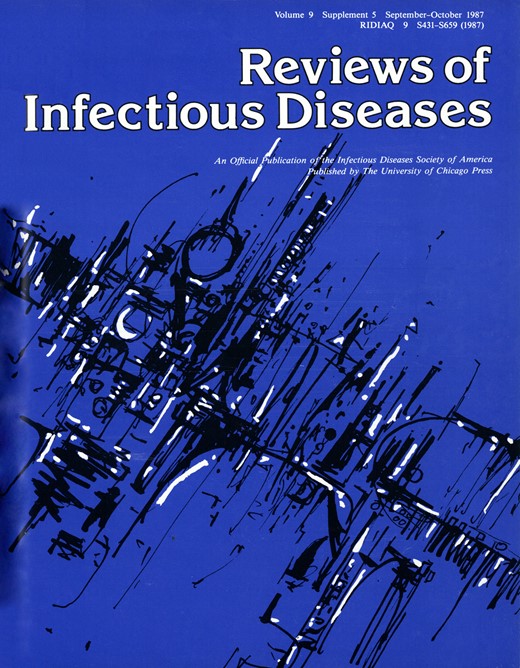-
Views
-
Cite
Cite
James B. Wyngaarden, Certain Aspects of Medical Research and Its Support, Reviews of Infectious Diseases, Volume 9, Issue Supplement_5, September-October 1987, Pages S443–S449, https://doi.org/10.1093/clinids/9.Supplement_5.S443
Close - Share Icon Share
Abstract
The origins of the National Institutes of Health (NIH) are linked with European science. FewAmericans had participated in the advances in bacteriology led by Koch and Pasteur when a laboratory from which the NIH eventually developed was established in NewYork in 1887, but its first director patterned this laboratory after ones already established in Germany, France, and England. The era of modern biomedical research in the United States began during World War II with the cooperation of government and nongovernment (mostly academic) research laboratories. Today, the philosophical foundation underlying all research-supporting programs of the NIH is that a close connection exists between improved medical care and research and that any expansion of medical facilities must be accompanied by an expansion of medicaltraining and research. In addition, government grants should not interfere with the freedom and integrity of academic institutions and should allow scientists complete independence in determining the nature, scope, and methodology of their investigations. Discoveries in genetics in the 1950s and 1960s heralded an era of science in which it was necessary to address major questions with immediate relevance to human health. Impelled by pressure from the public, the scientific community, and the Congress, the NIH participates in formulating safety guidelines regarding potential applications of biotechnology. The annual increase in funds appropriated by Congress to the NIH attests to a high level of public commitment to the support of biomedical research and underlines the degree of accountability to which the NIH is subject.







Comments